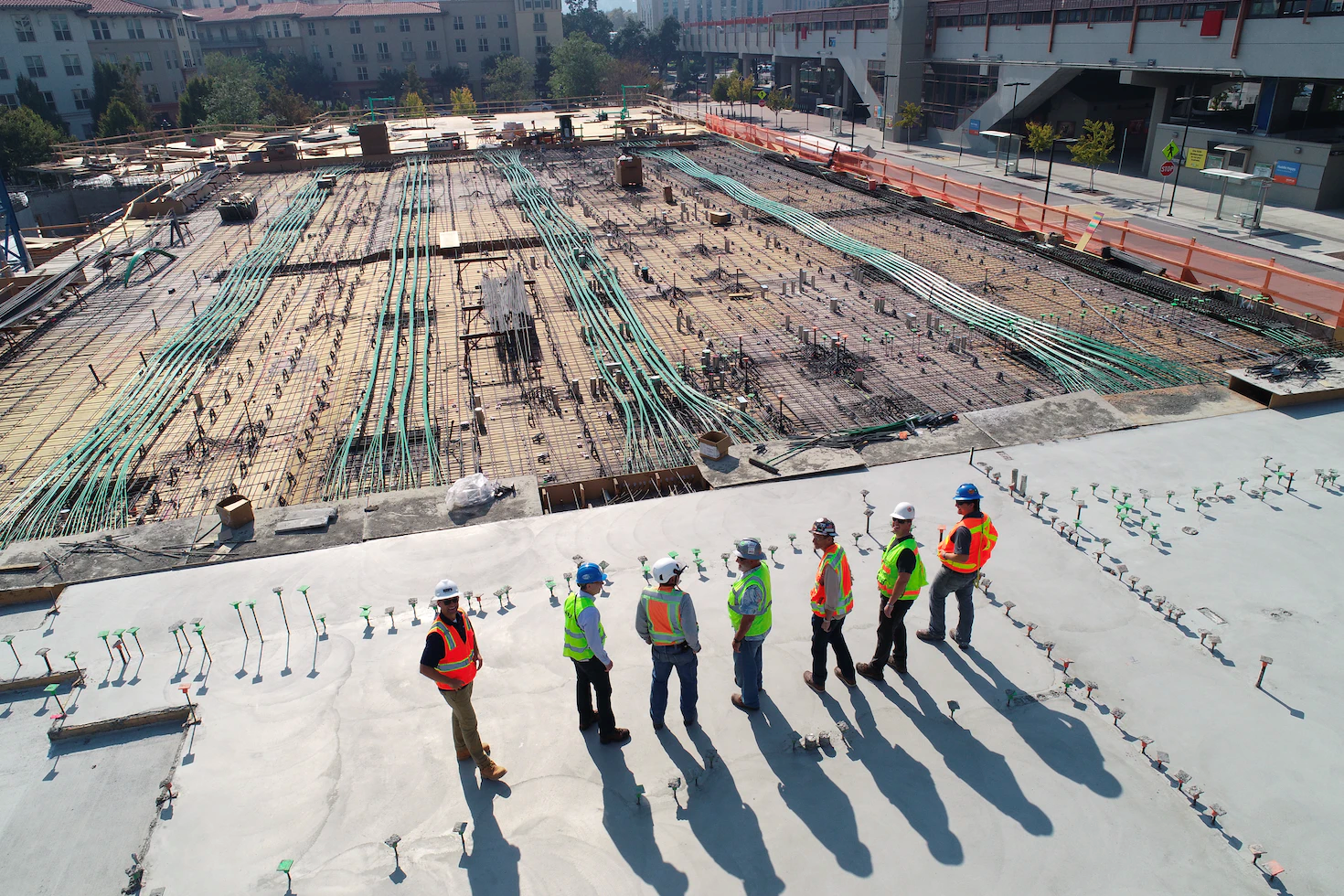Construction Now Has a Faster Path to Hiring Overseas Skilled Workers. But Is It Enough?
In a move that could potentially ease the burden on construction businesses struggling to find skilled workers, the UK Government has implemented changes to immigration rules that are set to make the recruitment of workers from overseas much smoother.
In response to the skilled worker shortage crisis faced by the construction and hospitality sectors, the government has tasked the Migration Advisory Committee (MAC) to evaluate the Shortage Occupation List (SOL) specific to these industries. This assessment is being conducted ahead of the comprehensive review of the SOL, which is anticipated to be completed later this year. The aim is to align the SOL with the current requirements of these sectors, making it easier for employers to sponsor Skilled Worker visas.
The government has since accepted the MAC’s recommendations and has included five construction industry roles in the SOL:
- Bricklayers and masons
- Roofers, roof tilers and slaters
- Carpenters and joiners
- Plasterers
- Construction and building trades.
What’s the Catch?
The inclusion of these construction roles in the SOL is expected to provide much-needed help to construction businesses struggling to find skilled talent. But there are things that employers should know.
The process of recruiting overseas workers is not as straightforward as advertising a job, receiving applications, and making an offer. Additional steps and considerations are involved in hiring skilled workers from abroad, making it crucial to understand the intricacies of the immigration system and fulfil the necessary requirements to ensure a smooth and compliant recruitment process.
For starters, employers must first go through the process of getting approval from the Home Office to become a sponsor for migrant workers. This requires applying for a sponsor licence. This is where things get immediately complicated. Apart from the significant fees associated with getting a sponsor licence, there are hefty costs associated with interviewing, hiring and onboarding skilled workers.
Other Things You Can Do to Address the Skilled Worker Shortage
If you find that hiring overseas skilled workers is not a practical step for your business at the moment, there are other strategies you can employ to address this issue of the skilled worker shortage.
- Invest in training and development: One effective approach is to invest in training programs to upskill existing workers. By providing training opportunities, businesses can enhance the skills of their current workforce, making them more capable of handling diverse tasks and reducing the reliance on external hires.
- Collaborate with educational institutions: Building strong partnerships with local educational institutions, such as trade schools or technical colleges, can help businesses establish a pipeline of skilled workers. This can involve participating in apprenticeship programs, providing internships, or offering support for relevant training courses.
- Foster a positive work culture: Creating a positive and inclusive work environment can help attract and retain skilled workers. Emphasise employee satisfaction, provide competitive compensation packages, offer opportunities for career growth, and prioritise health and safety standards. A satisfied and engaged workforce is more likely to stay with the company and contribute to its success.
- Enhance recruitment strategies: Businesses can revamp their recruitment strategies to target a wider pool of candidates. This can include embracing diversity and inclusion (to access a wider talent pool), utilising online job platforms, attending job fairs, and leveraging social media to reach potential skilled workers who may not be actively seeking employment.
By implementing these strategies, businesses in the construction industry can mitigate the challenges posed by the skilled worker shortage and build a strong and competent workforce for the future.

